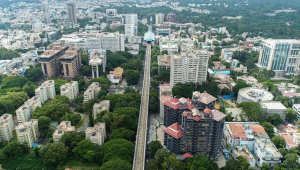
From Pledges To Practice: How India’s Universities Are Powering The Sustainability Transition
Indian higher education institutions are moving beyond rhetoric to actively embed sustainability in research, operations, and student engagement. Universities such as IITs, TERI, and Azim Premji University are integrating renewable energy use, green campus initiatives, waste management, and climate-focused curricula to foster environmental responsibility. The article highlights how student-led projects, collaborations with local communities, and interdisciplinary programs are driving real-world change. However, it notes that funding gaps, lack of institutional frameworks, and uneven implementation remain challenges. Overall, it emphasizes that universities are becoming key drivers of India’s sustainability transition, shaping both policy and future green leadership.










